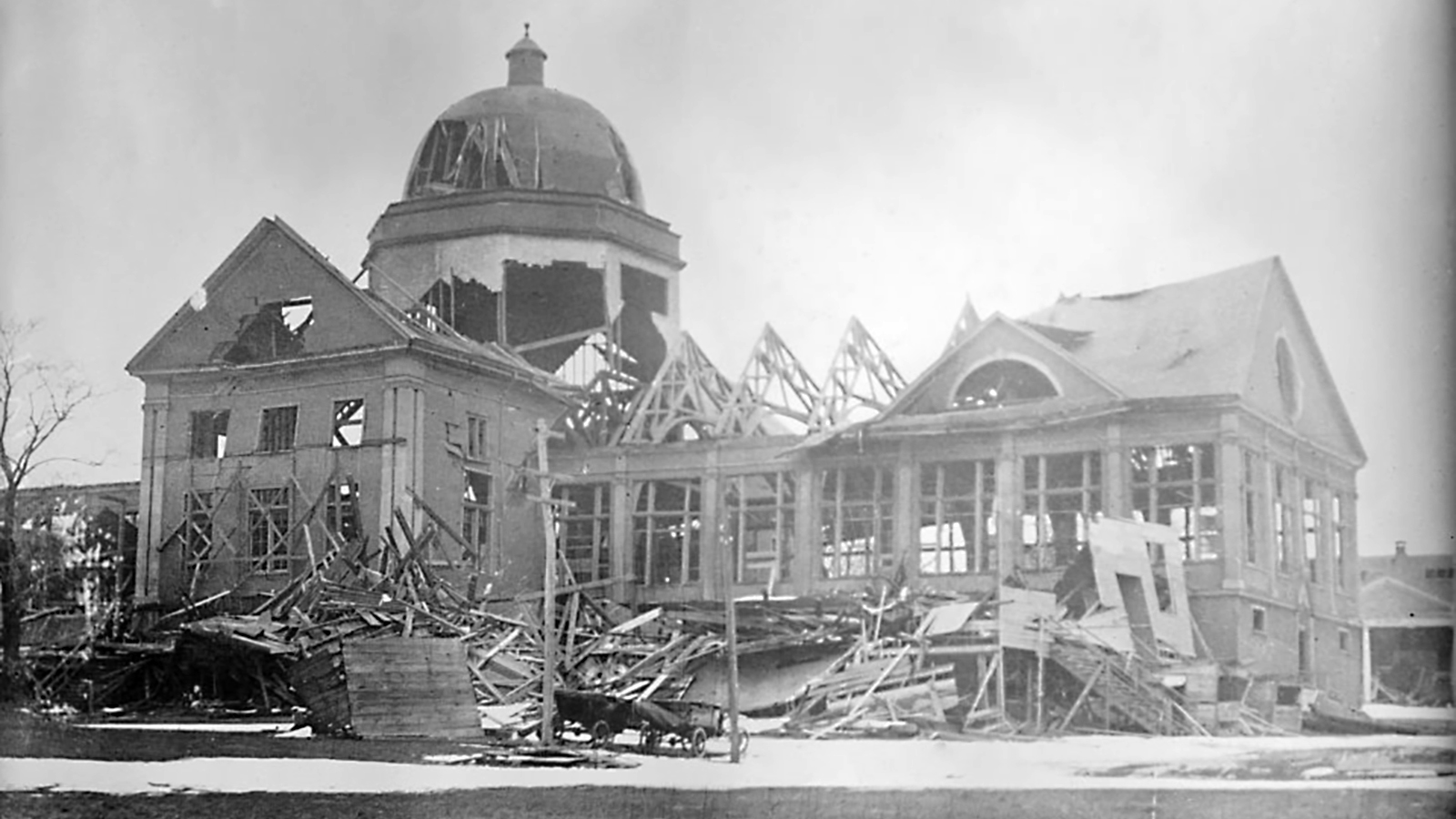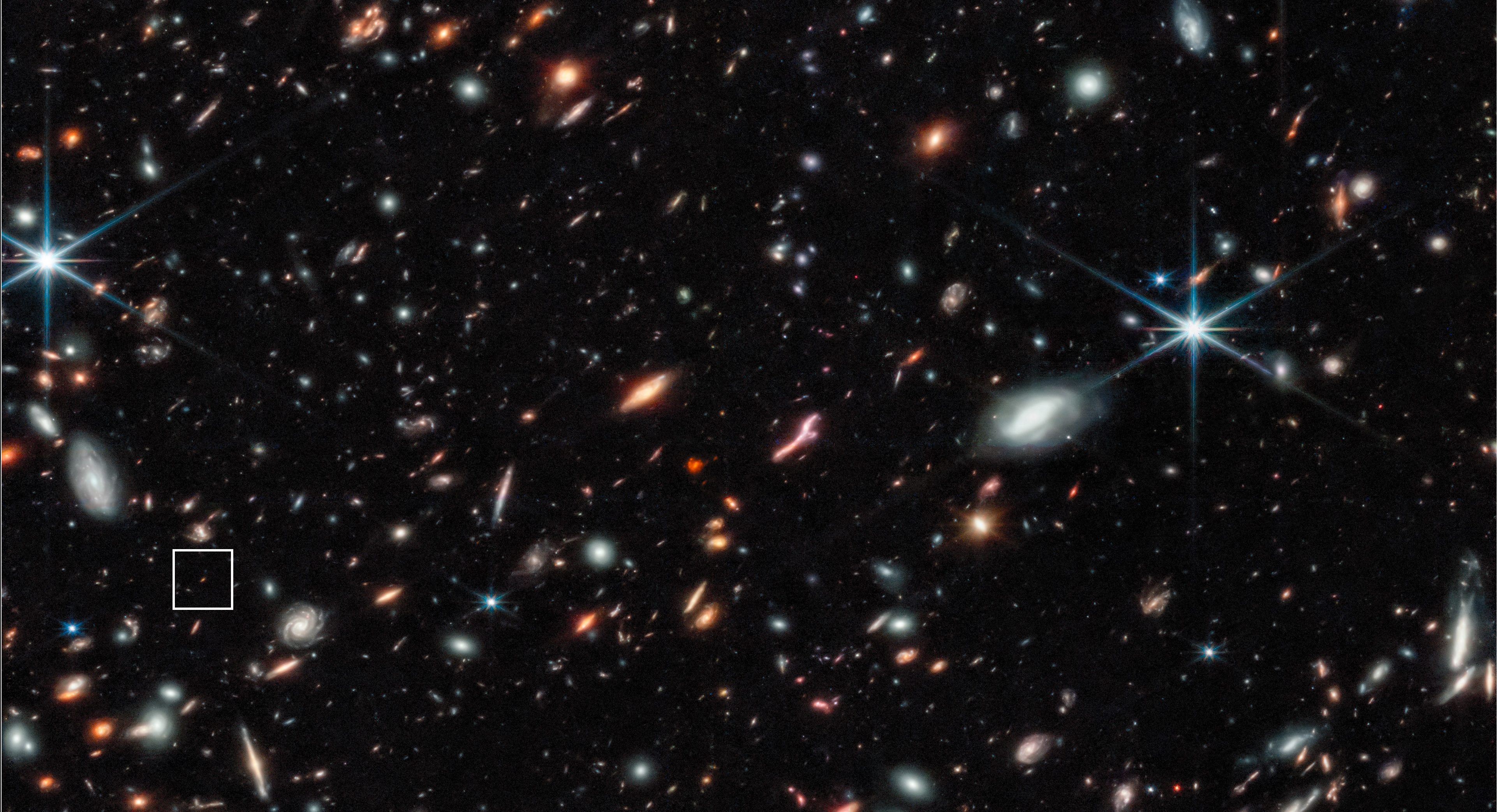Tuesday Tidbits: Testing the volcano-earthquake connection in Chile … and more!
Testing the volcano-earthquake connection in Chile, rumblings in Costa Rica, spiders migrating south, Sakurajima eruption video and Mayon returns to "normalcy".
Some news for a busy Tuesday:
The crater at Poas volcano in Costa Rica, taken February 25, 2010. Image courtesy of OVSICORI by Federico Chavarria.





